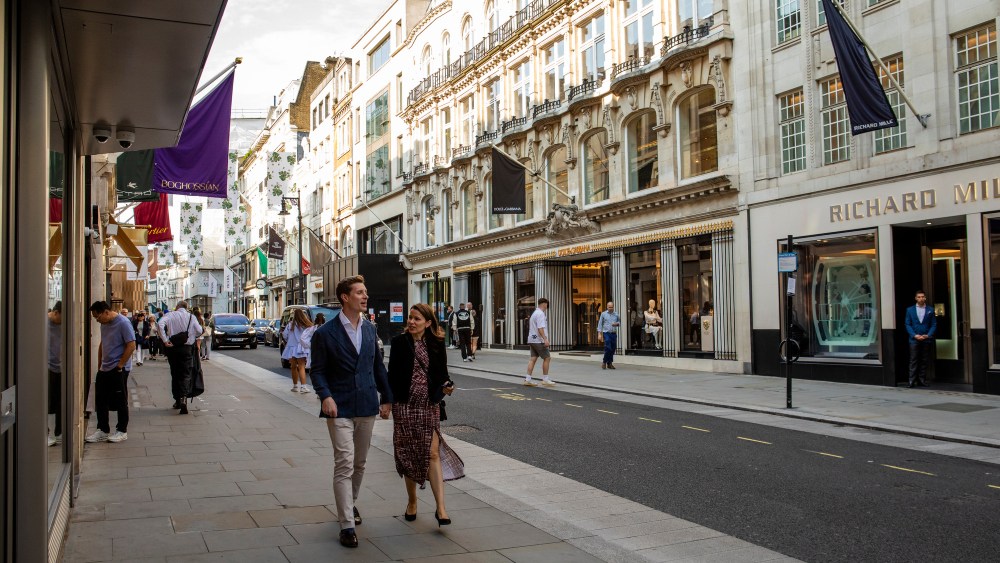LONDON — British retailers saw a boost in traffic pre-Christmas, but that might be one of the last times in a while consumers splurge as they head into the New Year.
Footfall on Thursday, known as Boxing Day in Britain, declined by 4.9 percent across all U.K. retail destinations when compared to last year, while footfall on Christmas Eve rose by 18.1 percent, according to data from MRI Software.
The results showed that the decline was apparent throughout U.K. high streets, retail parks and shopping centers on Boxing Day, but Christmas Eve numbers showed optimism with shopping centers experiencing a 26.1 percent rise, followed by the high street recording a 17.4 percent jump and retail parks increasing 11 percent.

“Christmas Eve this year fell on a weekday whereas last year it fell on Sunday, which brought with it restricted trading hours. Retail stores and destinations likely benefited from the longer trading hours hence the significant boost in footfall compared to last year,” said Jenni Matthews, marketing and insights director at MRI Software.
You May Also Like
“Boxing Day is still perceived as a family day with many people still visiting families for a second round of Christmas Day festivities. This will ultimately impact footfall in retail destinations. Additionally, the growing presence of online shopping continues to reshape spending habits; many retailers kicked off their Boxing Day sales online on Christmas Day providing shoppers with the opportunity to grab early bargains from the comfort of their own home,” she added.
Matthews pointed out that many stores remained closed on Boxing Day this year including John Lewis, Marks & Spencer, Next and Aldi, which are favored by Britons.

According to MRI Software’s Consumer Pulse report, 53 percent of shoppers will be finishing their Christmas shopping online leading into the New Year.
As Britain heads into 2025, there are many challenging aspects ahead, which were laid out in the fall budget in October.
“[The budget] will bring with it financial challenges with rising costs anticipated and decisions will need to be made as to whether these costs are passed on to the consumers or absorbed by the business. This will no doubt impact retail stores and destinations in high streets, shopping centers and retail parks,” Matthews said.

The Consumer Pulse report showed that 51 percent of shoppers are anxious about the rising cost of living driven by higher energy and housing costs in the winter months.
“However, this is an improvement from when it was 60 percent in May 2024, suggesting growing consumer confidence heading into 2025. Retail leaders should bear these trends in mind as the pre-Christmas surge may well be the last big splurge for many consumers ahead of what may be a spending freeze heading into early 2025,” Matthews explained.


